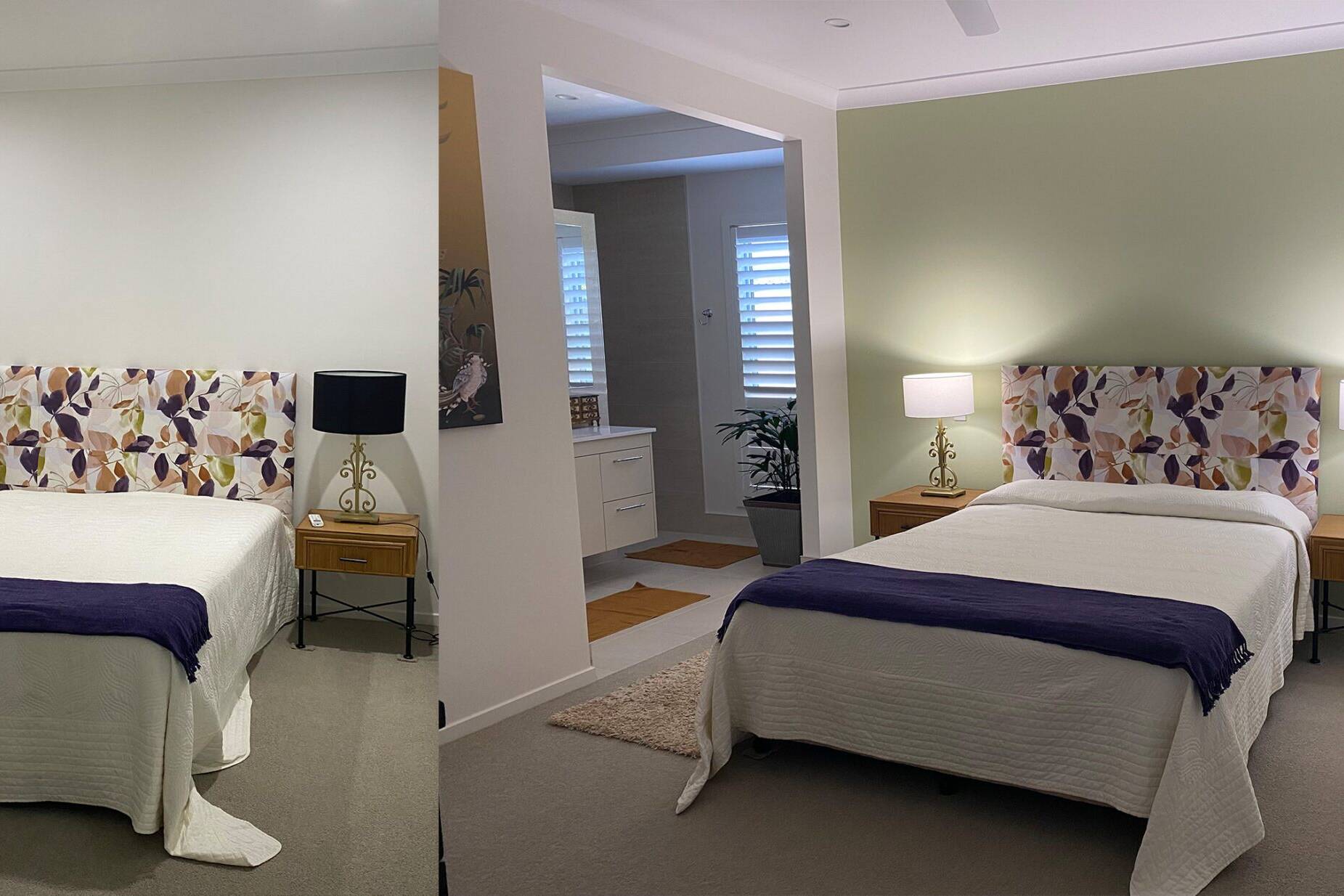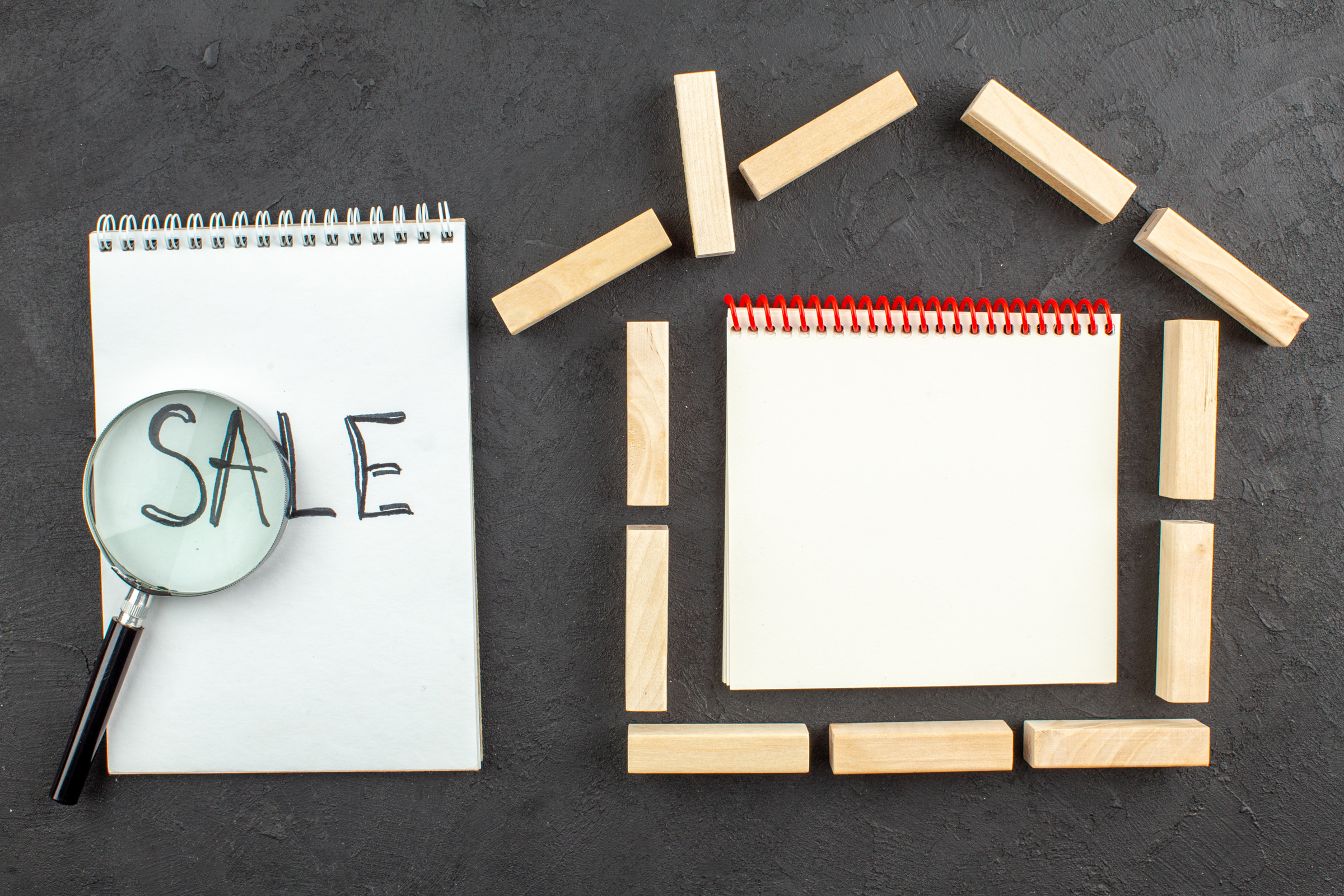4. Flooring
When you are setting up your nursery or even your child’s room most of the time the flooring is already there, and you need to work with what you have. In this case, you can accessorize your floor to enhance your theme or to detract the eye from the actual floor covering itself!
Accessorising the floor you can incorporate a rug or many rugs depending on the shape and colour you choose. Rugs can be specific themes, bold fun colours, educational designs such as the alphabet or numbers; or interesting shapes such as circular pads or stepping stones! Another accessory for the floor is bean bags made in colourful, fun fabrics or in bold coloured vinyls for ease of wiping clean.

Accessorize your floor to enhance your theme or to detract the eye from the actual floor covering itself!
5. Storage
Storage is ever so important for children’s rooms with the many toys, books and clothes they acquire through gifts, hand-me-downs and being spoilt by their grandparents! There are heaps of storage options available so let your imagination run free!
Choosing items with your child in mind you can encourage education and development at the same time. Choosing coloured boxes and labelling them for different items such as toys, books or shoes can encourage the child to clean up their own room as well as sorting the different items and understanding their difference. Labelling the boxes with numbers or letters to encourage the child to order their boxes numerically or alphabetically as well as sorting their toys or books can be a great educational stimulation.
A set of draws is very helpful at any age to sort the child’s clothes or your baby’s nappies from lotions. Purchasing an unpainted timber tall boy or chest of draws allows you to design a unique furniture piece for your child’s room. Paint it, wallpaper it or bling it up to suit your theme can be fun to do and it’s also a creative, unique piece for the room.
6. Furniture
Buying children’s furniture is a fun experience, as it is one of the last pieces of the decorating puzzle! The style of furniture can put structure to your chosen theme but also can cater for the development of your child’s taste and growth through toddler to early teens to even mid teens.
The creative designs developed in furniture today can have you buying a baby’s cot that will convert to a single bed as your child grows. There are built-in designs available which includes a single bed or two, chest of draws and a student desk all in one; or a desk with toy box and stool that fits together as a set!
There are theme orientated designs for beds such as cars, boats or princess castles. As noted above you can decorate your own furniture by purchasing unfinished timber or even white furniture. Organising a DIY project with your child to paint or decorate the furniture will be a fun, bonding session too!
Toy boxes, desks, chest of drawers, dressers and mirrors there are lots of furniture items available for your child’s room. The main pieces required for a children’s bedroom is a comfortable bed, a chest of drawers, wardrobe (if you don’t have a built in), a desk and storage for toys and books. Just remember you don’t need to buy furniture new, you can buy second hand through the paper, internet, garage sales or second-hand shops. When furniture gets a new lease of life they are just like new – especially solid timber furniture! There are many options available to accommodate any budget so this is where you can save money!
7. Soft Furnishings and Accessories
Soft furnishings and accessories are the icing on the cake when it comes to finalising your child’s bedroom. Work out what your child requires in the room and decorate accordingly. Do they need a display board for messages or photos? Do you have paintings or drawings they have done that you can frame or stretch on canvas for unique pieces of artwork? Do they require a bed lamp or night light?
There are lots of fun, colourful and stimulating fabrics available today to use in the bedroom in areas such as the bedding, cushions, bean bags, large cushions, blinds and the bedhead. Knowing where to use the fabric without over decorating is practicing the theory “less is more”. Therefore if you have painted the walls plain with no textural treatment then you can add a patterned or printed fabric in the throw or quilt cover on the bed or on the bedhead and in the blind or curtain on the window. The beanbags, large cushions or linen on the bed can be of another colour to compliment the wall colour and patterned fabric chosen.
8. Layout
In general, there should be plenty of space for your child to play or somewhere cosy for “quiet time” or rest. It’s important that you maintain balance in their life for your child’s wellbeing.
When planning your child’s room, try and consult with them and get them to make contributions with colour and theme. Allow an area in their room for them to display their drawings, paintings and schoolwork.
The main thing to remember when planning and decorating your child’s room is to not over do the theme and prepare the base such as the walls and floor as everything else could easily adjust with the growth of the child.
Allow plenty of space for your child to play or somewhere cosy for “quiet time” or rest.

Related Posts
Transform Your Space – Wallpaper It!
Wallpaper is the comeback kid of the design world! Wallpaper has made a remarkable comeback,…
Transforming Your Space on a Budget
Flicking through glossy magazines, real estate photos online or visiting display homes, you can’t…
Should You Renovate or Sell? Tips for Making the Right Decision
When faced with the need for more space, updated features, or a change in lifestyle, many…



